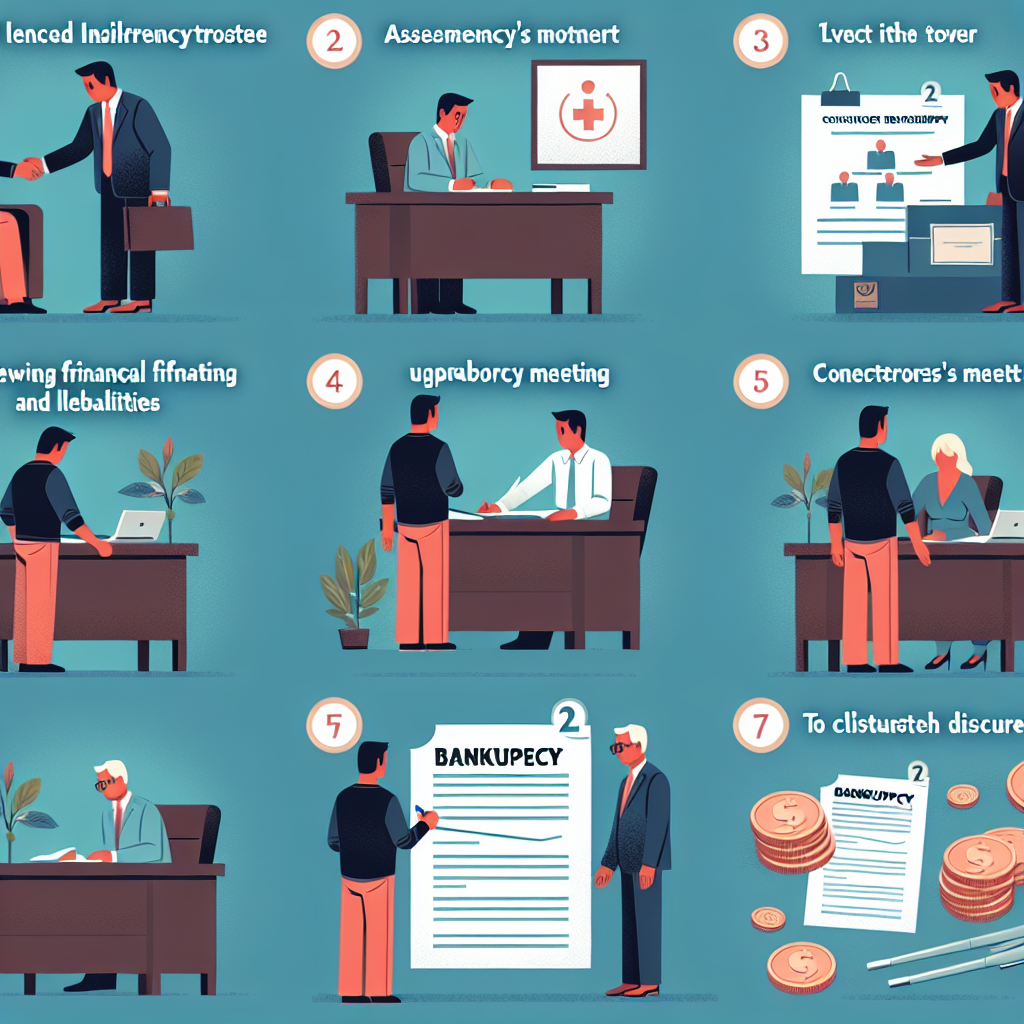Declaring bankruptcy can be a challenging decision, but it is sometimes a necessary step to regain financial stability. Understanding the process of filing for bankruptcy in Canada is crucial for anyone considering this option. This guide will walk you through the key steps involved, from understanding what bankruptcy entails to preparing the necessary documents, filing the application, and knowing what to expect afterwards.
Understanding Bankruptcy in Canada
Bankruptcy in Canada is a legal process governed by the Bankruptcy and Insolvency Act. It provides a way for individuals who are unable to pay their debts to eliminate their financial burdens and start afresh. However, it’s important to understand that bankruptcy is not a cure-all solution. It has significant implications for your credit rating and can impact your financial life for years. Only citizens who owe at least $1,000 and are unable to meet their debt obligations are eligible to file for bankruptcy.
The role of a Licensed Insolvency Trustee (LIT) is pivotal in the bankruptcy process. LITs are federally regulated professionals who assess your financial situation, explain the available options, and guide you through the bankruptcy process. Working with an LIT is mandatory in Canada when filing for bankruptcy, ensuring that the process is handled legally and ethically. You can find a Licensed Insolvency Trustee through the Government of Canada’s website.
It’s also important to distinguish between different insolvency options, such as consumer proposals, which might be more suitable depending on your situation. A consumer proposal allows you to pay off a portion of your debts over time, without the more severe consequences of bankruptcy. Understanding these nuances can help you make informed decisions about your financial future. For more information, consider exploring our in-depth guide on consumer proposals.
Preparing Your Bankruptcy Documents
Before filing for bankruptcy, you’ll need to gather a variety of financial documents. These include your income tax returns, a detailed list of your assets and liabilities, as well as statements for all your bank accounts. Ensuring that you have accurate and current information will streamline the process and help your LIT assess your case more effectively.
In addition to financial statements, you will need to complete a Statement of Affairs, which details your financial situation, including your income, expenses, and a list of creditors. This document is crucial as it provides an overview of your financial standing and is used to inform your creditors and the court about your situation. Our financial document checklist offers a comprehensive list to ensure you have everything you need.
It’s also a good idea to prepare for mandatory credit counseling sessions. These sessions are designed to help you understand why you became bankrupt and how to manage your finances more effectively in the future. They cover budgeting, money management, and the wise use of credit. You can learn more about what to expect in these sessions by visiting our credit counseling information page.
Filing the Bankruptcy Application
Once your documents are in order, your LIT will file the bankruptcy application on your behalf. This involves submitting the necessary paperwork to the Office of the Superintendent of Bankruptcy Canada. At this point, a "stay of proceedings" comes into effect, which halts most creditor actions against you, such as wage garnishments and collection calls.
After filing, your LIT will manage the administration of your bankruptcy estate. This includes the sale of non-exempt assets and the distribution of the proceeds to your creditors. It’s important to note that some assets are protected under provincial and federal laws, meaning you won’t lose everything. For a detailed explanation, visit our asset protection during bankruptcy page.
Creditors will be notified of your bankruptcy filing, and a meeting of creditors might be called to discuss the situation. In most cases, these meetings are straightforward and simply involve a review of your financial situation and an opportunity for creditors to ask questions. Understanding this part of the process can ease any anxiety you might have; more on this can be found in our creditor meeting preparation guide.
After Filing: What to Expect Next
After filing for bankruptcy, you will be required to fulfill certain duties, such as attending credit counseling sessions and providing monthly income and expense statements to your LIT. These duties are essential for the successful discharge of your bankruptcy. Failure to comply can result in delays or complications with your bankruptcy discharge.
During the bankruptcy period, which typically lasts nine months in Canada, you will be under specific financial restrictions. For instance, you cannot hold credit cards, and you may need permission from your LIT for certain financial transactions. Understanding these restrictions can help you navigate this period smoothly. More details on this topic are available in our post-bankruptcy management guide.
Once you have fulfilled all the necessary requirements, you will be discharged from bankruptcy, meaning your debts will be officially wiped clean. However, a record of your bankruptcy will remain on your credit report for six to seven years, affecting your ability to obtain credit. To learn more about rebuilding credit after bankruptcy, we recommend visiting the Financial Consumer Agency of Canada.
Filing for bankruptcy in Canada is a structured process that offers individuals a chance to reset their financial lives. While it involves several steps, from preparation to discharge, understanding each stage can make the journey less daunting. By working closely with a Licensed Insolvency Trustee and fulfilling all the requirements, you can emerge from bankruptcy with a clean slate and a clearer path to financial recovery. Remember, this is just one tool in financial management, and exploring all options is crucial for making the best decision for your unique situation.
Emergency debt help servicesHow to qualify for a consumer proposalAffordable debt repayment plansRelevant LinkRelevant LinkRelevant Link
